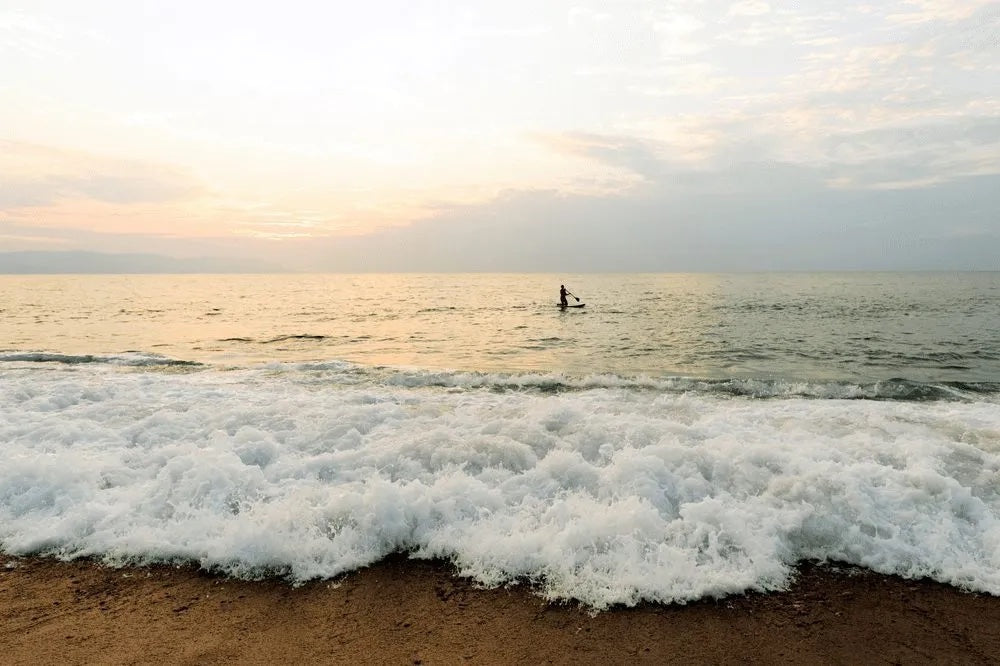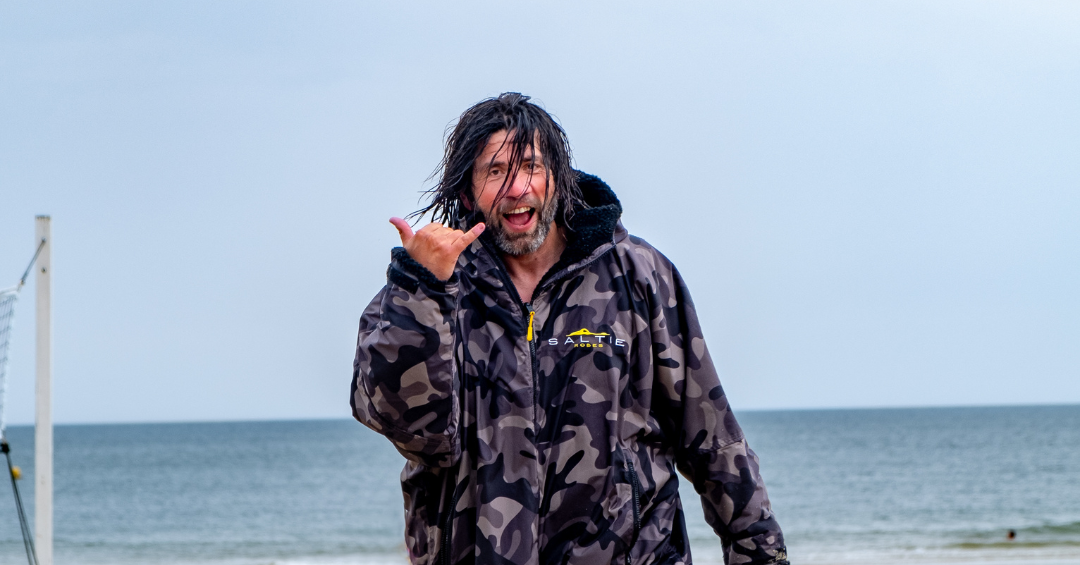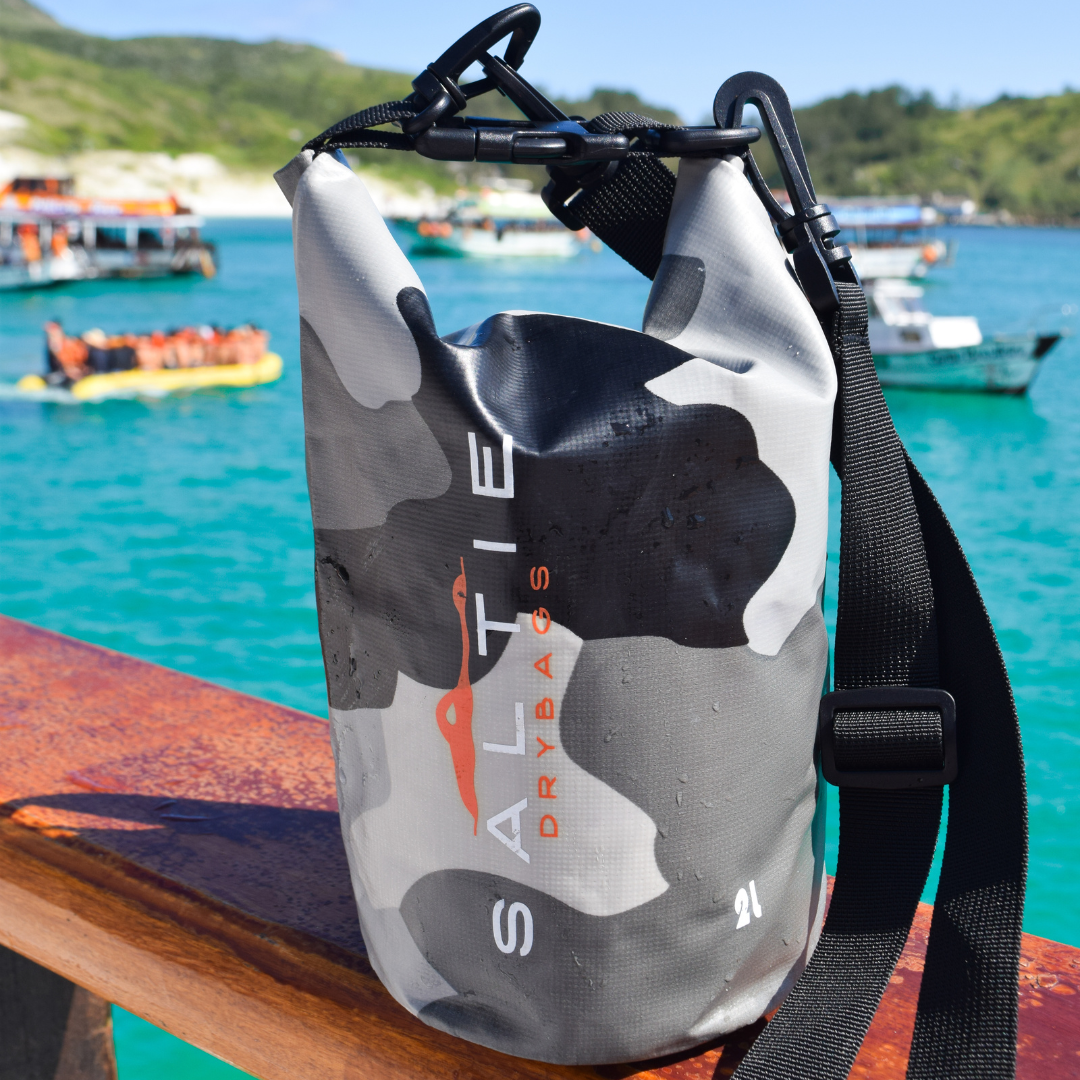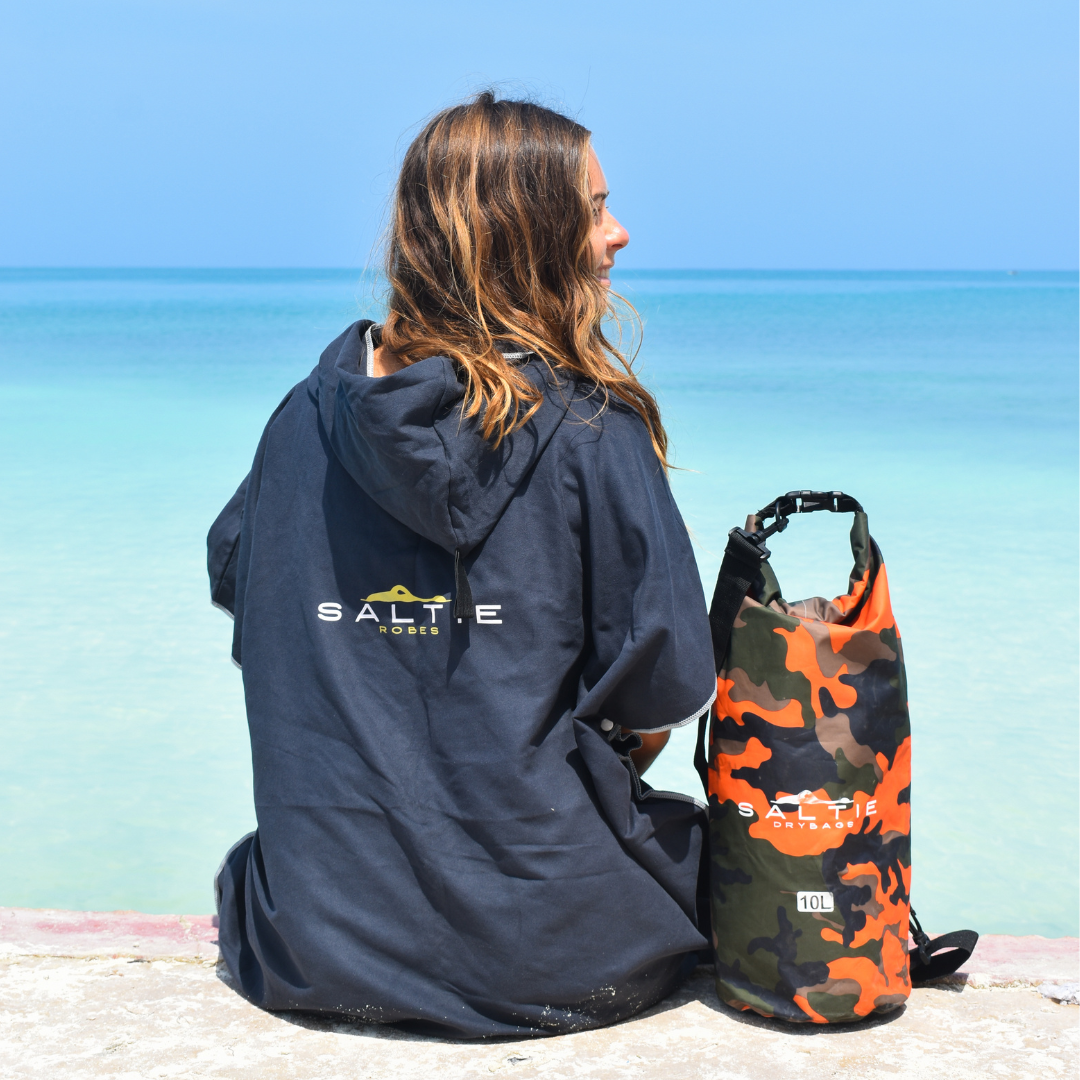Paddle Boarding is often seen as a sunny weather activity. But, if you’ve followed our socials for a while, or read any of our posts, then, by now, you’ll know that we love Paddle Boarding during the winter months. The fresh air, the lack of people; meaning you have pure uninterrupted nature surrounding you. We just can’t get enough of SUP’ing during the colder months. But, this doesn’t come without its worries.
The colder months, especially in the UK, generally mean the sea is choppy and unpredictable. Of course, the sea can also be choppy during warmer months as well. Making it even more necessary to learn all about the essential safety precautions for SUP in choppy waters.

Paddle Boarding in choppy waters will make paddle boarding more challenging both technically and physically. But, it can be a great way to improve your overall ability. Before entering choppy water you must ensure your ability matches the conditions and learn some basic safety practices before you hit the water.
When you take a look out of the window into the choppy ocean and debate taking your paddleboard out, the first question you have to ask yourself is, is it too choppy to paddleboard?
So when is it too choppy to paddleboard?
This really depends on your ability. If you are a very experienced paddler you may have no issues with very choppy water.
However, if the choppy water is a result of storms or very strong winds it is not advisable to go in the water let alone paddle boarding – remember guys, safety always comes first! It’s not necessarily the choppy water or the waves that are dangerous, but the undercurrents that you can’t even see.
Now that’s not to say that the powerful wind swells can’t do some serious damage as well though, so if the water looks choppy. Always, exercise extra caution.
How To Paddle Board in Choppy Water
As stated above, paddle boarding in choppy water is considerably more challenging than flat water.
This is because choppy water generally doesn’t follow a uniform direction, meaning that when you are paddling you will likely get pushed and pulled from all directions. This makes balancing on your board a lot more challenging as you must react and make micro-adjustments constantly to ensure you don’t fall off into the, probably, very cold water. The main thing that you should ensure you do when paddleboarding in choppy water, is getting into the correct stance to offer yourself the best chance of staying stable on your SUP.
To help keep your balance a nice wide stable stance is advisable. Place your feet slightly further than shoulder-width apart. This will ensure your weight stays in the centre of your body and when the wind and waves rock you from side to side your balance should stay pretty centralised, making it less likely you’ll fall in.
The next thing you should do is bend your knees slightly and don’t lock your legs. By bending your knees slightly it allows you to make micro-adjustments much easier to go with the flow rather than fighting against it.
How To Brace
Now that you’ve perfected your stance it’s time to think about bracing. Bracing will help you brace your body in the case of rough waters. Bracing helps to hold your body on your board to prevent falling off when you are facing choppy water.
There are two types of bracing, low and high bracing.
Low bracing requires you to use the non-power face of your paddle. Place this face of the paddle down to the side of your board and slap the water with your paddle. This can stabilize your board and your body.
High bracing requires you to use the non-power side of your paddle as well, but you place the paddle out from the paddleboard about 2 or 3 feet. Again, you slap the water to stabilize yourself. You can combine this type of brace with your reach to stabilize your board while also propelling you forward.
Getting Back On If You Fall Off
We hate to break it to you, but, falling off of your paddleboard is inevitable, especially in choppy waters. However, there are ways to avoid hurting yourself when you fall off and a proper technique for getting back onto your board.
If you feel you lose your balance, try to aim yourself to the side. This way, you fall into the water completely, and you don’t hit your body on the board and risk injury. Also, try to hold on to your paddle while falling, so you don’t lose it to the current.
If you do lose your paddle, get to your board first. Once you are on your board, you can use your hands to bring yourself to your paddle to get it back.
- Get back to your board and position yourself near the centre.
- Grab the handle at the centre of the board with your main hand.
- Allow your legs to float up to the board. Kick your legs while pulling yourself onto the board. This will allow you to easily get back onto your paddleboard (hopefully!).
SUP Equipment For Choppy Waters
Paddle boarding in choppy waters also calls for more equipment. Ensuring you have the following with you:
- Leash
- Safety Whistle and Light (you can never take too many precautions)
- Your phone (to call for help if needs be)
- Proper clothing; a wetsuit or even a dry one is great for these waters
Paddle boarding in choppy waters can be a wonderful, exhilarating experience not to mention how much of an epic workout it can be. Just always remember, safety first and you can never be too prepared!
Happy SUP’ing! Check out our Facebook for all the latest news and offers




